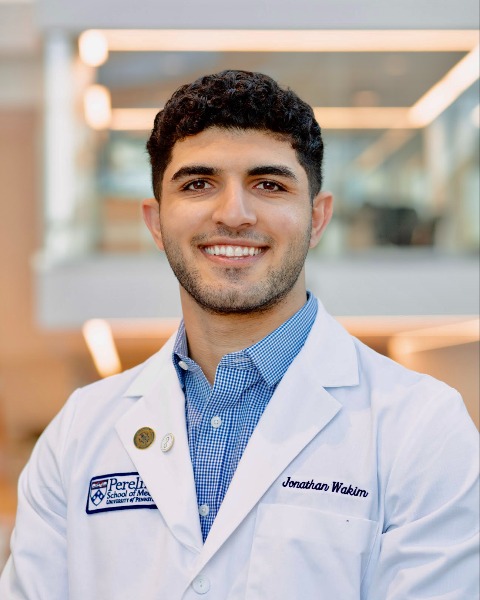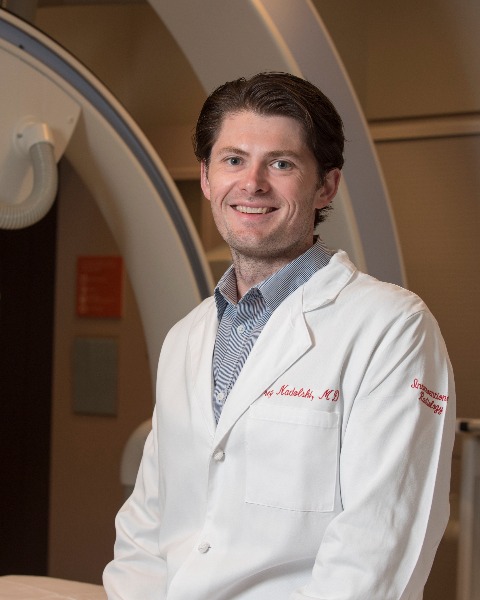Embolization
Transarterial Embolization with Hydrogel Embolic System Demonstrates Improved Efficacy as Compared to Particle Embolic in a Translational Rat Model of Hepatocellular Carcinoma

Jonathan Wakim
Medical Student
Perelman School of Medicine, University of PennsylvaniaDisclosure(s): No financial relationships to disclose
- AI
Ariful Islam, BS, MS
Research Specialist
Penn Medicine - GM
George McClung, VMD
Research Specialist
University of Pennsylvania - RK
Ryan M. Kiefer, MD (he/him/his)
Resident
HUP - AG
Alexey Gurevich, MD, MS
Resident
Division of Interventional Radiology, Department of Radiology, Perelman School of Medicine at the University of Pennsylvania, Philadelphia, PA 
Gregory J. Nadolski, MD
Attending Physician
Penn Image-Guided Interventions (PIGI) Lab, Hospital of the University of Pennsylvania, Division of Interventional Radiology- SH
Stephen J. Hunt, MD, PhD, FSIR (he/him/his)
Associate Professor
University of Pennsylvania - TG
Terence P.F. P. Gade, MD, PhD
Assistant Professor of Radiology
Department of Radiology, Hospital of the University of Pennsylvania
Presenting Author(s)
Author/Co-author(s)
The long-term clinical impact of embolic therapies for the treatment of hepatocellular carcinoma (HCC) remains limited by high rates of tumor recurrence which may be attributed, at least in part, to incomplete treatment stemming from a particle-microvasculature size mismatch within the tumor. The purpose of this study was to evaluate the effectiveness of a novel liquid embolic as compared to particle embolics for the treatment of HCC in a translational rat model
Materials and Methods:
Nineteen male Wistar rats with diethylnitrosamine-induced HCC were randomized to two groups and underwent transarterial embolization (TAE). Ten rats received an aqueous-based liquid embolic, (Embrace Hydrogel Embolic System (HES); Instylla, Bedford, MA), and 9 were treated with Oncozene microspheres (Varian, Palo Alto, CA). Serial T2-weighted MRI was used prior to and following TAE to evaluate tumor size. Target tumor volume(s) for each rat was measured using ITK-snap segmentation software and averaged for each imaging session. Six tumors underwent angiography to compare percent of vessel embolized. Responses were determined using RECIST. Gompertzian transformed tumor growth kinetics were analyzed using linear regressions of MRI volumes prior to and following treatment. Recurrence was determined for those tumors demonstrating a reduction in size.
Results:
A total of 23 tumors were targeted and underwent technically successful TAE. Per RECIST criteria, the HES group demonstrated an objective response of 83% (10/12) as compared to 27% (3/11) for the particle embolic group (χ2 = 7.3396, p-value = .006745). The HES group demonstrated stable disease (SD) in 8% of rats and progressive disease (PD) in 8% (1/12). The particle embolic group demonstrated 36% SD and 36% PD (4/11). 25% (3/12) of HES-treated tumors recurred during the follow-up period as compared to 45.5% (5/11) of tumors in the particle embolic group. These findings were underscored by a more durable embolization for HES treated tumors which demonstrated 7% enhancement on follow-up arteriography embolization as compared to 38% for Oncozene treated tumors (p-value =.0638).
Conclusion:
The HES demonstrated more effective tumor targeting as compared to particle embolics in a rat model of HCC.

.jpg)
.png)
.png)
.png)
.png)
.jpg)
.png)
.jpg)
.png)